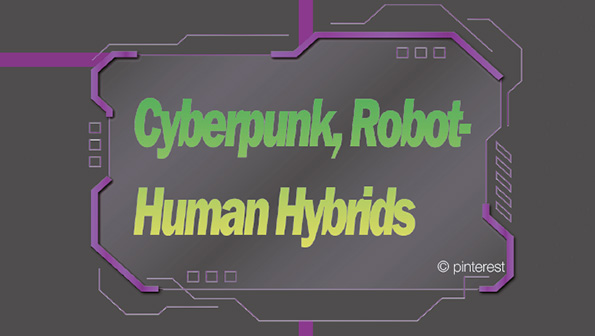
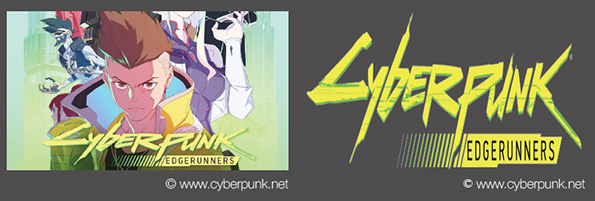
On Sept. 13, the web animation <Cyberpunk: Edgerunners> was released on Netflix in the U.S., drawing keen attention. The animation is based on the online game <Cyberpunk 2077>. The game has a dystopian worldview and deals with events that take place in the “Night City” like corporate warfare or using cyber-ware that transforms parts of the human body into cyborgs. Based on this game, a subgenre of science fiction (SF) set in the dystopian future is called “Cyberpunk.” Science fiction is quite popular recently, so let’s take a look at three prominent cyberpunk works which seem unfamiliar and difficult to understand. Let’s dig into it with the hep of science fiction novelist Lee Kyung-hee.
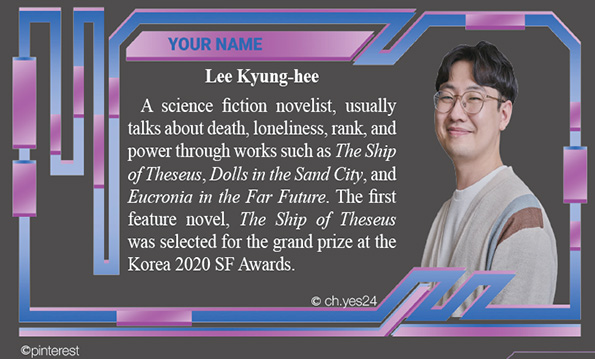
1. The Movie <Blade Runner> (1982)
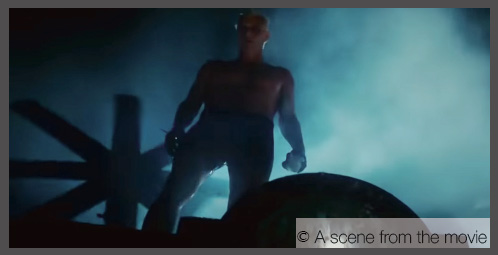
In the 21st century, the human race created, a genetically engineered artificial human called ‘Replicant.’ Replicants are similar to humans in their intellectual and physical abilities, but they are used as human substitutes in difficult or dangerous situations such as combat soldiers, space development, or sex dolls. Replicants who can only live for four years complained about their uses and life expectancy, which led to riots. A special police team called “Blade Runner” was created to find and execute replicants who illegally entered the Earth. Their task was to distinguishing between humans and replicants through the Voight-Kampff test and to “retire” them.
Through the existence of “replicants” that are really similar with humans, this film asks the audience, “What is a human being?” When <Blade Runner> was released, it was not very popular due to the dark theme of the film and the box office success of. However, the sequel <Blade Runner 2049> (2017) was released 35 years later, and the first film has gradually re-examined the workability of the genre. In addition, numerous Cyberpunk movies have been greatly influenced by the film.
I watched Blade Runner for the first time in my college philosophy class. The film was probably the original version. Later, in the final version, the director edited the movie and modified the scene where the blue sky appeared when Roy Batty died in the final cut, but it was rather disappointing. The director modified the blue sky to film, dark sky that is more “Cyberpunktic.”
The last line spoken by the main character, Roy Batty, was really impressive. “I’ve seen things people wouldn’t believe. Attack ships on fire off the shoulder of Orion. I watched C-beams... glitter in the dark near the Tannhauser Gate. All those... moments will be lost... in time... like tears... in rain. Time... to die.”

2. The Movie < Ghost in the Shell> (1995)
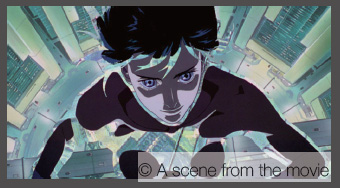
The movie <Ghost in the Shell> is a film depicting the activities of special forces against terrorism and cybercrime. After the 3rd and 4th World Wars, cyborgs created for assassination are abused and used for terrorism and cybercrime. To fight intelligent and violent crimes with advanced technology, the government organizes “Public Security Section 9 called Ghost in the Shell,” led by Kusanagi, the main character. The film is based on the 1991 Japanese manga “Ghost in the Shell” drawn by Masamune Shiro.
The Movie <Ghost in the Shell> was made by Mamoru Oshii based on the original work in 1995. The film shocked the public immediately after its release by showing a gloomy and unique atmosphere, a philosophical message, and flamboyant graphics. In 2017, Hollywood director Rupert Sanders remade it as a live-action version.
I think we can’t talk about cyberpunk genre without the animaion <Ghost in the Shell>. The original manga by Masamune Shirow is good and the animation version by Mamoru Oshii is also good. I think each of the following animation series has its charms. Oh, of course, the movie dramatized from Hollywood is an exception! The main heroine of this work, “Major Kusanagi” is a human who changed her whole body into a machine except for a very small part of her brain. She believes that there is a “ghost (unique and different from spirit, something that can prove the existence of humans scientifically)” in the last small remaining part of his brain. She also agonizes over how she will be if she changes her last remaining piece of brain to a machine. Honestly, my novel Ship of Theseus’s key idea was also conceived from here. It started with the question, “How can I prove myself if the last remaining part of my brain has all changed into a machine?”
3. The Novel Neuromancer (1984) – William Gibson
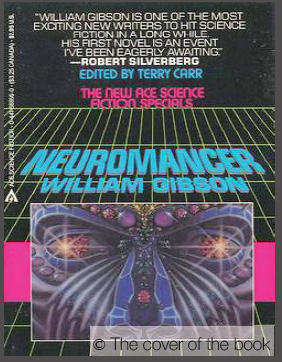
The first line of the novel starts like this. “The sky above the port was the color of television, tuned to a dead channel.” This line is also a quote that implicitly shows the Cyberpunk genre. The novel has influenced many science fiction novels and movies to the extent that it can be said to be the beginning of a new cultural code called “Cyberpunk.” The word “Neuromancer” is a compound word of “neuro” from a neuron (brain nerves), and ‘mancer’ referring to necromancer, the sorcerer. Hackers who extract data from cyberspaces created by computers and sell them are called “Data Cowboys.” Data Cowboys log into cyberspaces connecting the brain through the nervous system. In virtual space ruled by drugs, sex, and computers, heroine “Case” is a data cowboy who logs into cyberspace and steals the secrets of companies.
William Gibson had written Neuromancer, a major work of Cyberpunk with a ‘typewriter’. He might not have had any desire to predict the future. In the late 20th century and early 21st century, when information technology was born, it was briefly similar to the future shown by cyberpunk, but it’s a lot different now. While technology is developing, and the future of information technology is heading to a completely different picture, Cyberpunk still sticks to its “cyber-punk” style. It is becoming a kind of “retro-futurism (; a creative genre that the public before the 1960s’ had imagined of a far and far future society).”
4. Author Lee Kyung-hee speaks of genre “cyberpunk”
Cyberpunk can be described in one line as a “weird, damp, state-of-the-art old bridge.” Cyberpunk is not our future, it’s more like a genre that preserves the future that we imagined in the 1980s and 2000s. If you look at cyberpunk works from this perspective, wouldn’t they feel unconventional? I’m embarrassed, but I’d like to recommend my novel, Eucronia of the Far Future. It’s a story about a couple who are despairing of reality traveling in time to the future. The world changes as they travel to the future and the heroines gradually change their bodies into machines or even more strange forms to explore the appropriate aspects of life.
Our adventure looking into the genre “Cyberpunk” is now over. Except for those works that has been introduced in the article, movies, and animation are also included in the cyberpunk genre. Have you seen these works? What insights have these works given you?



 All
All Culture
Culture






 Jeong Yeon-ju&Ji Jae-lim
Jeong Yeon-ju&Ji Jae-lim











